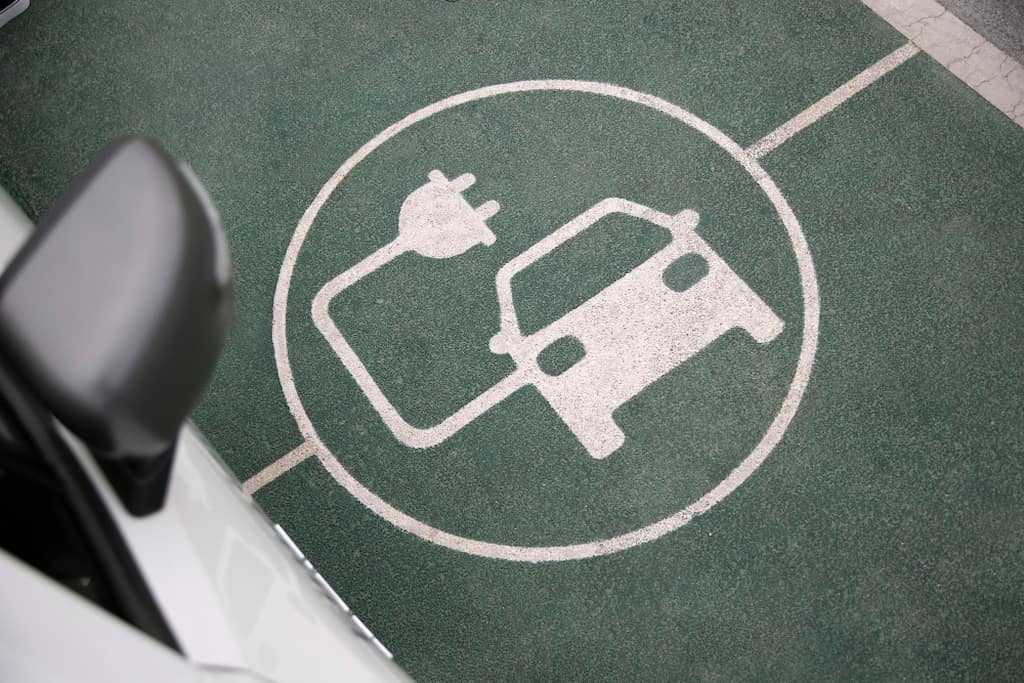
In recent years, plug-in hybrid cars have become one of the preferred options for those looking to take the step towards sustainable mobility without giving up the flexibility of a combustion engine. In this article, we will explain it to you in a simple way how a plug-in hybrid car works, the advantages it offers, and why it can be an excellent option for your daily life.
What is a plug-in hybrid car?
A plug-in hybrid car (PHEV) combines two engines: an internal combustion engine (gasoline or diesel) and an electric motor with a rechargeable battery. The main difference compared to a conventional hybrid is that its battery can be recharged by plugging it into the power grid.
Differences Between Conventional Hybrid and Plug-in Hybrid
- Conventional hybrid: it can only be recharged with the energy generated by the vehicle itself while driving (regenerative braking, combustion engine).
- Plug-in hybrid: in addition to the above, it allows its battery to be recharged from a socket or a charging point.
How is it different from a fully electric car?
A fully electric car (BEV) runs solely on the energy stored in its battery. The plug-in hybrid, on the other hand, offers the peace of mind of always having the combustion engine available for long trips.
How a Plug-in Hybrid Car Works
A plug-in hybrid car works thanks to the coordinated combination of a combustion engine, an electric motor, and a rechargeable battery that can be connected to the power grid. This technology allows the driver to switch between different driving modes, optimizing energy efficiency and reducing emissions.
In practice, the system automatically selects which engine to use at any given time, depending on the battery charge, speed, route, and the driver’s preferences. Below, we detail how a plug-in hybrid car works:
The combustion engine
The combustion engine of a plug-in hybrid comes into play when the electric battery runs out or when the driver needs more power, such as on long trips or during overtaking. This engine can also work in parallel with the electric motor to improve performance. In addition, in some modes, the combustion engine is used to partially recharge the battery while driving.
The electric motor
The electric motor is responsible for driving the car on urban routes or short distances. It is silent, emission-free, and much more efficient in heavy traffic conditions. Thanks to it, a plug-in hybrid can travel between 40 and 70 km without using fuel, covering the needs of most daily commutes.
The battery and recharging
The battery of a plug-in hybrid car is larger than that of a conventional hybrid, allowing it to cover more kilometers in electric mode.
The charging time depends on the battery capacity and the charger’s power, ranging from 2 to 8 hours.
Common Driving Modes
Plug-in hybrids usually offer several modes that adapt to each situation:
- 100% Electric (EV Mode): ideal for urban and short trips.
- Hybrid mode: uses both engines to optimize fuel consumption and range.
- E-save or Battery Charge: preserves or recharges the battery using the combustion engine.
- Sport or Maximum Power: combines both engines to deliver the highest possible performance.
Things You Should Know About a Plug-in Hybrid
Before choosing a plug-in hybrid, it’s important to understand how a plug-in hybrid car works and certain key aspects that affect its daily use and ownership experience.
Real Electric Range
Most models offer between 40 and 70 km in electric mode. This perfectly covers most urban trips, but on long journeys you will need to rely on the combustion engine.
Maintenance Costs
Plug-in hybrids usually require less maintenance than traditional combustion cars. The electric motor reduces the wear of moving parts, and regenerative braking extends the lifespan of the brakes.
Need for a Charging Point
Although you can recharge using regular sockets, having a ev charger installation at your home, community, or business provides convenience, speed, and safety.
Battery Lifespan
Modern batteries usually have a long lifespan, often comparable to that of the car itself. In addition, most manufacturers offer warranties that exceed 8 years.
Advantages of a Plug-in Hybrid Car
Fuel Savings
On short trips, you can drive solely on electric power, reducing fuel expenses and taking advantage of electricity at a lower cost.
Sustainability and Emission Reduction
Urban trips using the electric motor drastically reduce CO₂ and local pollutant emissions, contributing to cleaner cities.
Flexibility on Long Trips
You are not solely dependent on battery range, as the combustion engine supports you on long trips, avoiding range anxiety.
Frequently Asked Questions About Plug-in Hybrids
How many kilometers can it drive in electric mode?
Most plug-in hybrids offer between 40 and 70 km in electric mode, enough for most urban trips.
How long does it take to charge?
It depends on the charger and the battery capacity: from around 3 hours at a home charging point to less than 2 hours with more powerful chargers.
Do I need a charging point at home?
It’s not mandatory, but highly recommended. A charging point installation in a community garage or in a single-family home ensures convenience and efficiency.
What happens if the battery runs out on the road?
The combustion engine automatically kicks in, ensuring the vehicle continues to operate smoothly.
What maintenance does a plug-in hybrid require?
Less than a combustion car, since the electric motor and regenerative braking system reduce wear on brakes and moving parts.
Conclusion: Is a Plug-in Hybrid Car Right for You?
A plug-in hybrid car is the perfect option if you’re looking for cleaner mobility but still want the peace of mind of having a combustion engine for long trips. It combines the best of both worlds: sustainability and flexibility.
At Activacar, we help you take the next step toward electric mobility with tailor-made solutions for charging point installation, whether at your home, in your community garage with the installation of charging points in shared garages, or at your business with the installation of charging points for companies.





